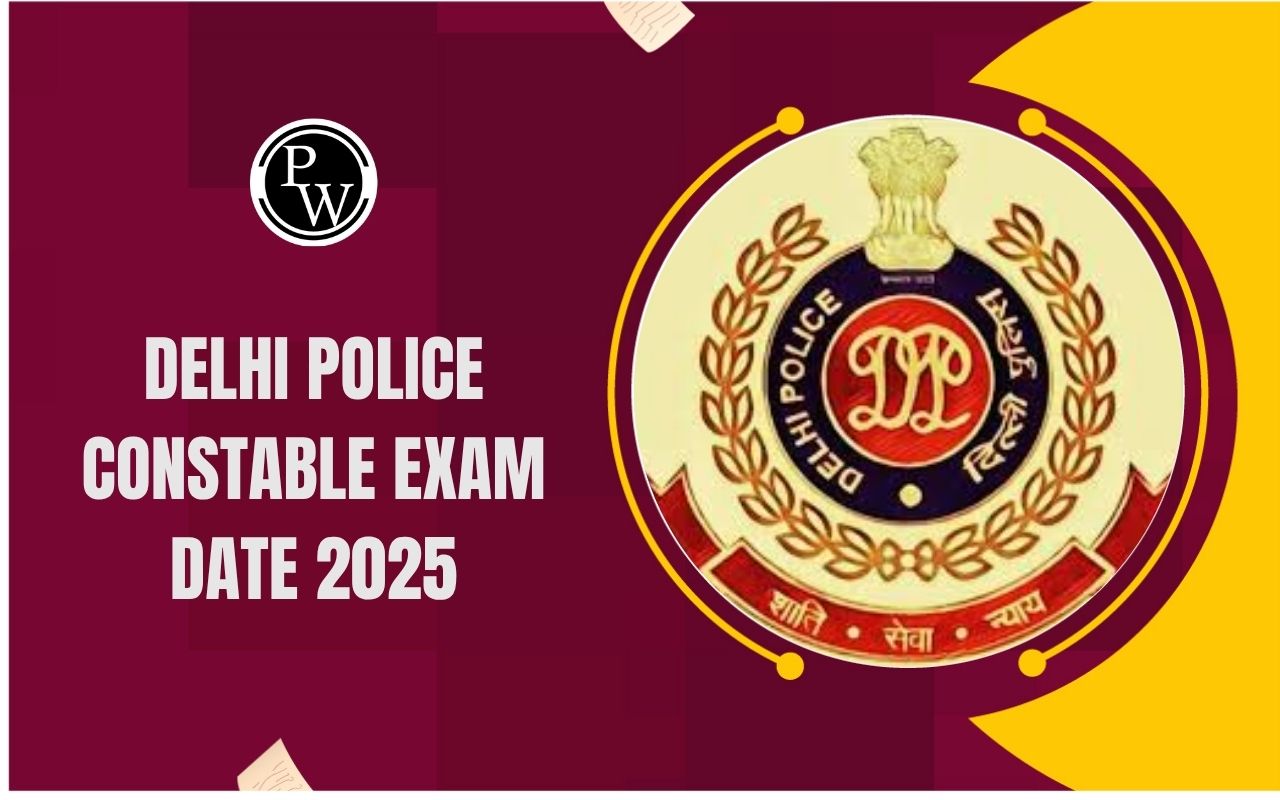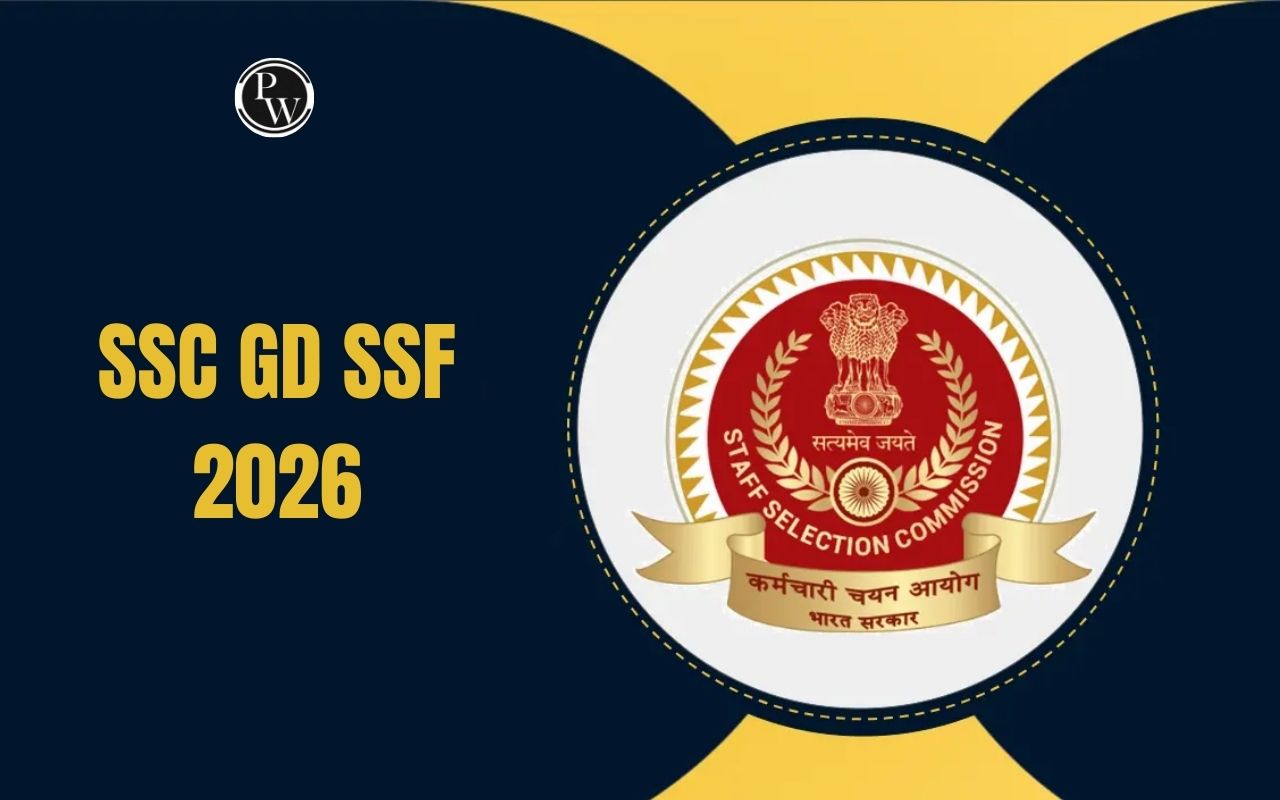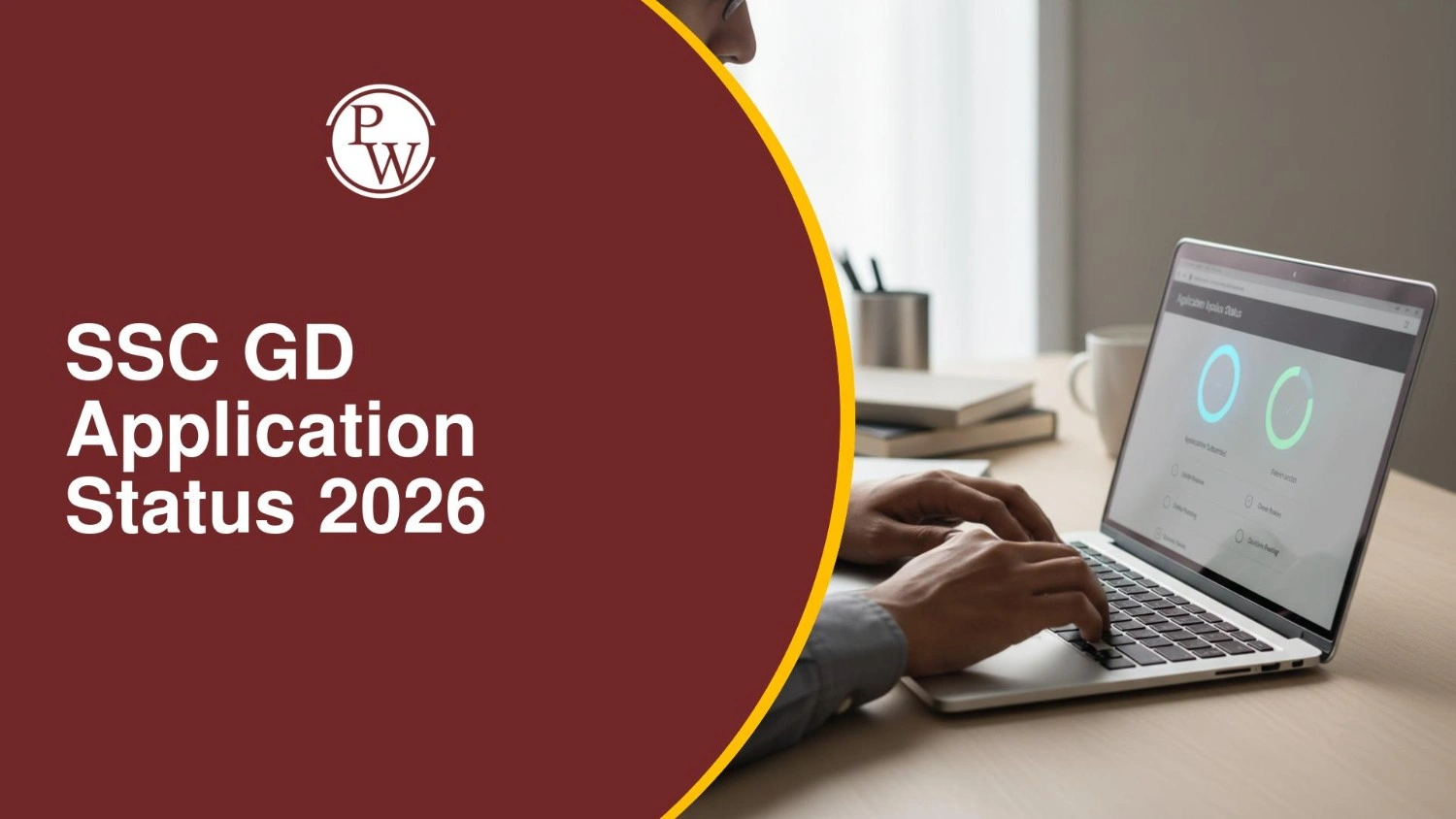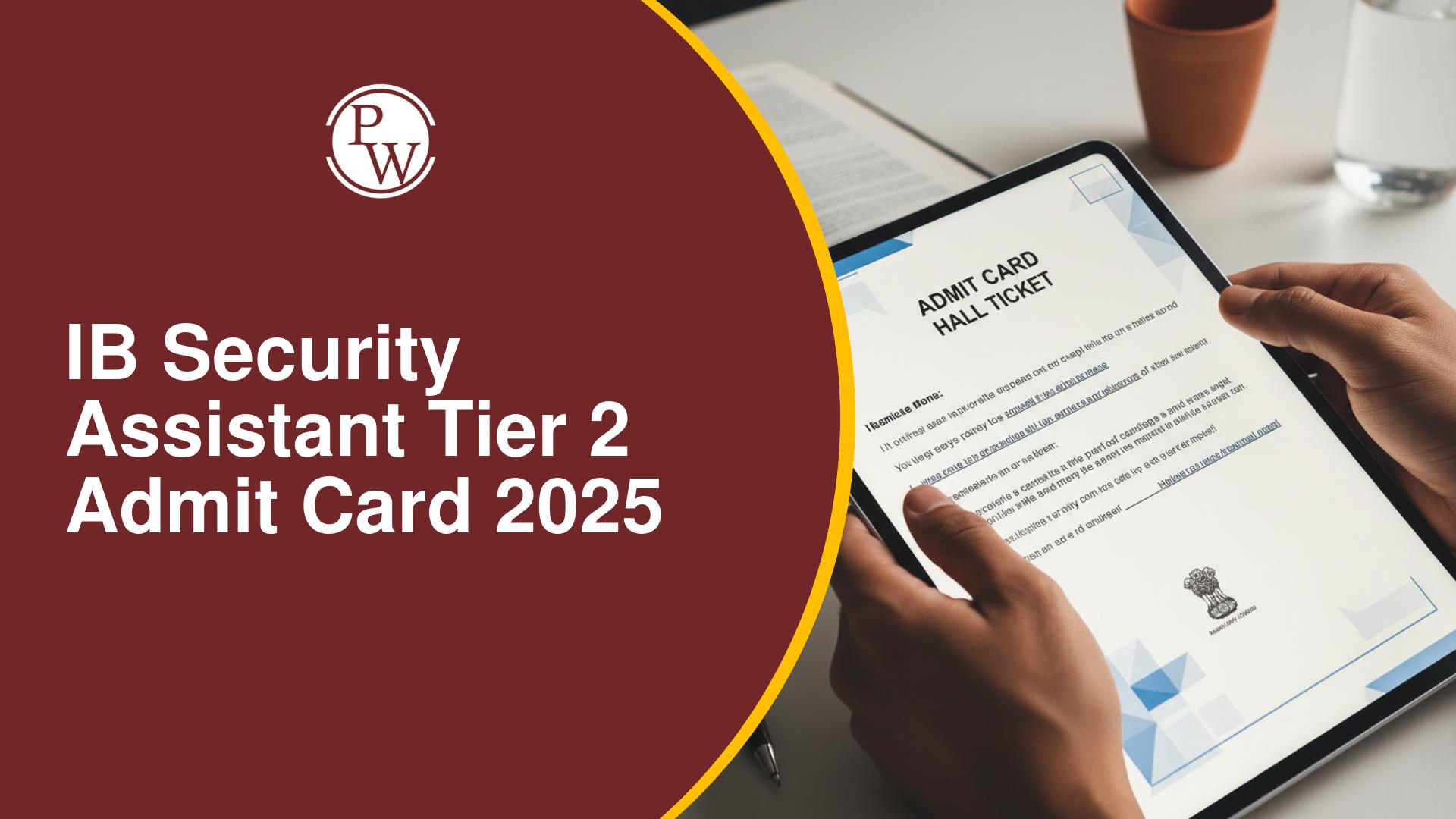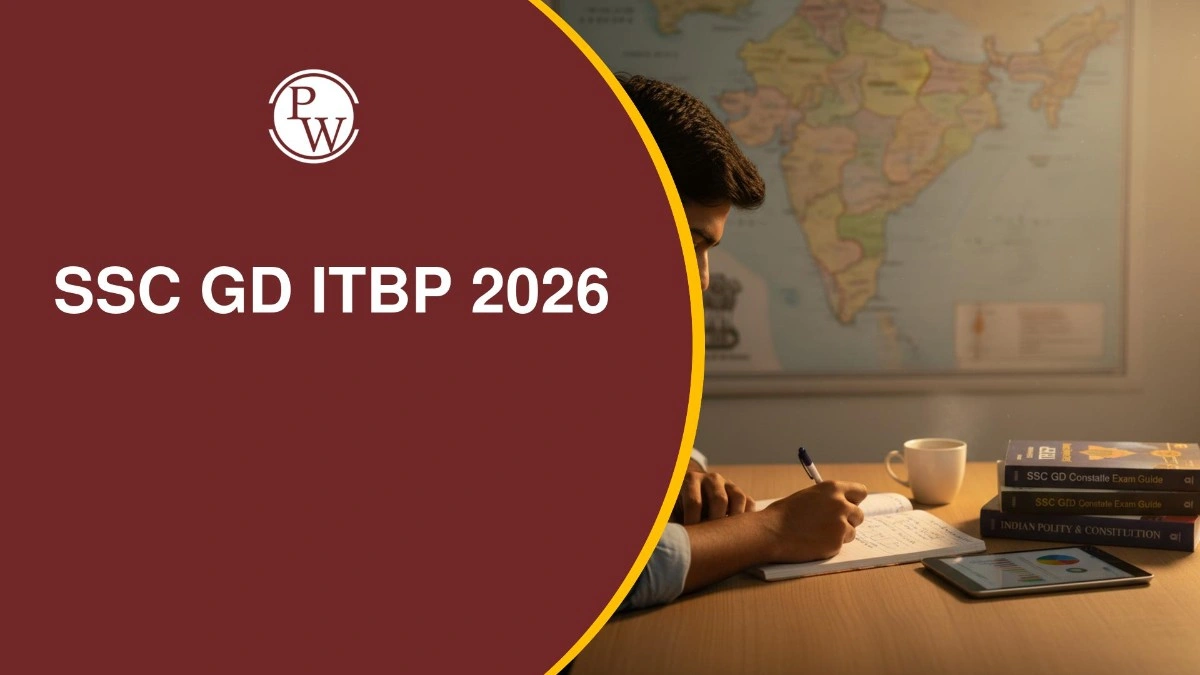
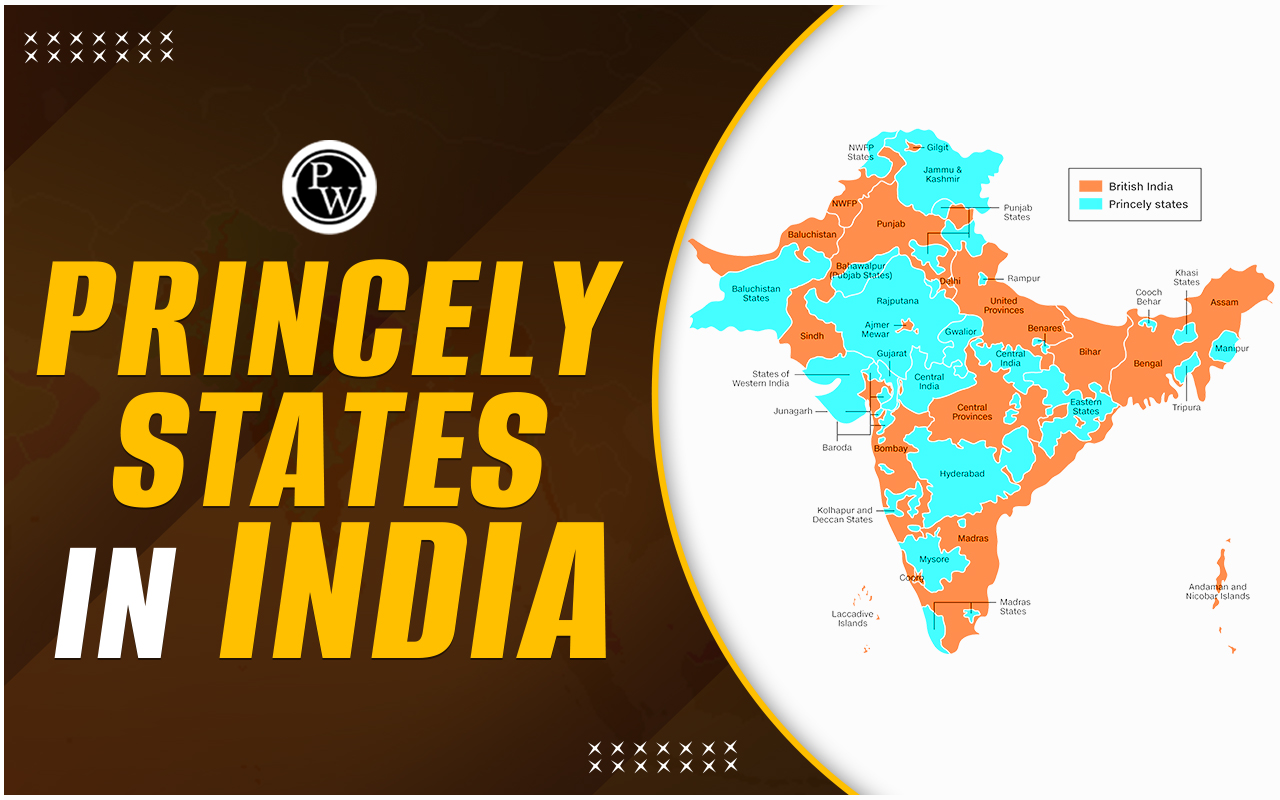
Princely States in India, also known as native states, were semi-autonomous regions ruled by Indian monarchs under the indirect control of the British Raj. These rulers had internal autonomy but relied on the British Crown for defense and foreign relations.
When India gained independence in 1947, there were around 565 princely states. These states collectively covered 48% of India’s land area and included 28% of the population.
Background of Princely States in India
Before independence, princely states maintained a delicate relationship with British India. Though they were not directly ruled by the British, they were bound by treaties and enjoyed limited sovereignty. The British used this system to control India indirectly and prevent other colonial powers from gaining influence.
After independence, these princely rulers faced a crucial choice:
-
To join India,
-
To join Pakistan, or
-
To remain independent.
This decision would determine the political unity and future map of modern India.
Role of Sardar Vallabhbhai Patel in the Integration of Princely States
Princely States in India After Independence
Sardar Vallabh Bhai Patel was in charge of bringing together the princely states. He and V.P. Menon created a plan for the kings to join India. This plan was called the 'Instrument of Accession,' and it said that India would take care of foreign affairs, defence, and communication, while the states would handle everything else within their borders.| Key Aspect | Details |
|---|---|
| Total Princely States | Around 565 |
| Integrated into India | 562 states |
| Key Leader | Sardar Vallabhbhai Patel |
| Legal Framework | Instrument of Accession (1947) |
| Land Covered | 48% of India’s territory |
| Population | 28% of India’s total |
| Main Supporter of British Rule | Princely Rulers (to maintain power) |
Major Princely States in India and Their Integration Stories
Below we have shared the History of Princely States in India for better understanding:1. Travancore
Located in southern India, Travancore initially resisted joining India. Its Dewan, Sir C.P. Ramaswamy Aiyar, considered independence due to the region’s rich monazite deposits desired by the British. After surviving an assassination attempt in July 1947, he agreed to accede, and Travancore joined India on July 30, 1947.
2. Jodhpur
Despite being a Hindu-majority state, the ruler Maharaja Hanvant Singh considered joining Pakistan for economic reasons. However, Sardar Patel’s persuasion — including promises of rail connectivity and famine aid — convinced Jodhpur to sign the Instrument of Accession on August 11, 1947.
3. Bhopal
The ruler Nawab Hamidullah Khan was close to the Muslim League and initially wanted independence. However, facing isolation, he decided to join India in 1947, marking another diplomatic success for Patel.
4. Hyderabad
The largest and richest princely state, ruled by Nizam Mir Osman Ali, refused to join India. Supported by Jinnah, the Nizam sought independence. The violent Razakar movement created unrest, leading India to launch Operation Polo in September 1948, bringing Hyderabad under Indian control within four days.
5. Junagadh
In September 1947, Nawab Mahabat Khanji III of Junagadh, a Hindu-majority region, announced accession to Pakistan. India intervened after local unrest and conducted a referendum in February 1948, where over 99% voted to join India. Junagadh was merged with Saurashtra, later becoming part of Gujarat.
6. Jammu and Kashmir
Maharaja Hari Singh of Jammu and Kashmir initially wanted to remain independent. But when Pakistan invaded on October 24, 1947, he sought India’s help and signed the Instrument of Accession on October 26, 1947. India took charge of defense, foreign affairs, and communication. Post-1948, the region adopted its own constitution, and in 2019, the special status under Article 370 was revoked, integrating Jammu & Kashmir and Ladakh as Union Territories.
Integration of Princely States into India – Timeline Summary
| Year | Event | Outcome |
|---|---|---|
| 1947 | Independence & Partition | 565 princely states existed |
| 1947–1948 | Integration drive by Sardar Patel | 562 states joined India |
| 1948 | Operation Polo (Hyderabad) | Hyderabad integrated |
| 1948 | Junagadh Referendum | Merged with India |
| 1950 | Constitution of India came into effect | Princely states merged into Indian Union |
| 2019 | Abrogation of Article 370 | Full integration of J&K |
Princely States Joined India
Sardar Vallabhbhai Patel played a crucial role in bringing together 562 princely kingdoms into India. Before the Partition of India in 1947, there were around 584 princely states, also known as 'native states,' that were not officially a part of British India. These princely states had the choice to become a part of India, Pakistan, or remain independent after gaining their independence. With his diplomatic skill and tact, Sardar Vallabhbhai Patel successfully united numerous princely kingdoms into the Union of India.| Other Related Links | |
| Tiger Reserves in India | National Parks in India |
| Biosphere Reserves in India | Elephant Reserves in India |
Princely States in India FAQs
Q1. Who ruled princely states?
Q2. Which was the smallest princely state in India?
Q3. Which is the largest princely state of India?
Q4. How many princely states are there?



